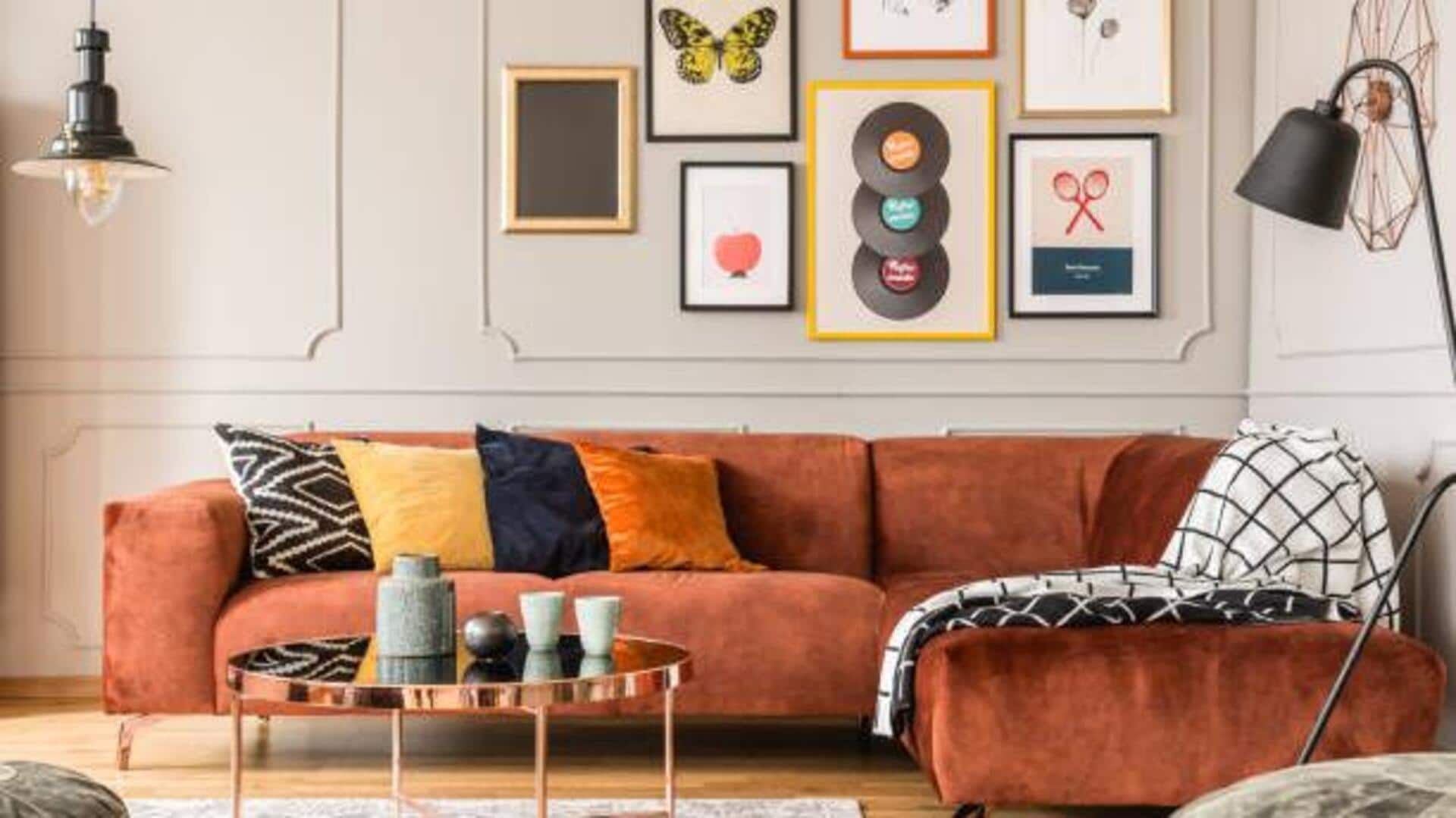
How to make wall art using natural pigments
What's the story
Creating African-inspired wall art with natural pigments is a unique way to bring cultural heritage into your home. This DIY project allows you to explore traditional techniques and materials, giving you the opportunity to craft something truly personal and meaningful. Using natural pigments, you can achieve vibrant colors that reflect the rich artistic traditions of Africa. Whether you're an experienced artist or a beginner, this guide will help you create stunning wall art using accessible resources.
Tip 1
Gather natural pigments
To start your project, collect natural pigments from sources like clay, charcoal, and plant extracts. These materials are often found in nature and can be processed to create a range of colors. For instance, red clay can give you earthy tones, while charcoal can be used for deep blacks. Make sure you have a variety of colors to work with, so that your artwork has depth and richness.
Tip 2
Choose your canvas
Selecting the right canvas is essential for your artwork. You can use traditional materials like burlap or canvas fabric, which are commonly used in African art. Alternatively, wooden panels or recycled cardboard can also be used as eco-friendly options. The texture and absorbency of the surface will affect how well the pigments adhere and appear once dried.
Tip 3
Explore traditional patterns
African art is known for its intricate patterns and symbols that carry cultural significance. Research different tribal designs or geometric shapes that inspire you. Incorporate these patterns into your artwork by sketching them lightly on your canvas before applying pigment. This step ensures that you maintain proportion and symmetry throughout your piece.
Tip 4
Apply pigments with precision
Using brushes made from natural materials like animal hair or plant fibers will give you better control over how much pigment you apply on the surface. Start with lighter shades before moving on to darker ones, so that you can layer effectively without muddying colors together unintentionally during the process itself!